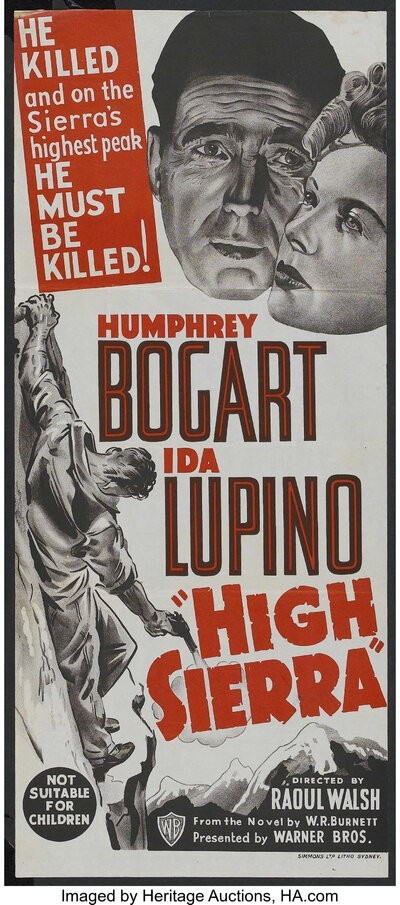dana martin
Senior HTF Member
Day 14: 14 Noirvember 2021

Todays Feature Presentation
16. Phantom Lady (Arrow Academy) First Time Viewing
Universal Pictures Company, Inc.(Release Date: Jan 28, 1944) Director: Robert Siodmak, Cinematographer: Elwood Bredell
After working at Universal Studios in the “B units” as a director, and even filming some of the scripts penned by his brother Curis, Robert Siodmack, was given his first, full on noir film.
The story opens on Scott (Alan Curtis), an architect who after five years him and his wife have grown apart, he comes home from work one night to try and rekindle it and see’s that it's a hopeless situation, so he asked for a divorce she laughs at him and tells him that she won't give him a divorce, so he goes out distraught.
While out he happens to meet another individual was equally upset, the phantom lady, the two of them together take in a show then afterwards go to a bar and spend time together. When he gets home he opens the door to find 3 policemen waiting in his apartment, questioningly he asked what's going on they allow him to go into the other room and see that his wife has been murdered, strangled with one of his neckties, and he is the prime suspect they start to grill him over and over again about where he had been all evening. And he tells them the story of the mysterious phantom lady.
Every place that they go and ask about this mysterious phantom lady no one seems to remember her, and it seems that the only person that believes his story it is his devoted secretary “Kansas” (Ella Raines) who through her years of working with Scott has fallen in love with him. At the end of the trial he's found guilty and she takes it upon herself to clear his name and find this mysterious phantom woman with the help of Inspector Burgess (Thomas Gomez) one of the policemen who originally did the investigation.
She goes to the prison to visit him she asked if he had ever reached out to any of his friends including his best friend Jack Marlow played by Franchot Tone. Who borders on a teeter balancing act as a man with a secret, or possibly more…? I won’t give it away.
As an added bonus, the film feature Elisa Cook Jr. in a supporting role, and the moments he’s on screen, well the screen belongs to him, funny how a great character actor in a few moments of celluloid can just reach out and steal the spotlight and make a good film all that much better.
Recommended
Todays Feature Presentation
16. Phantom Lady (Arrow Academy) First Time Viewing
Universal Pictures Company, Inc.(Release Date: Jan 28, 1944) Director: Robert Siodmak, Cinematographer: Elwood Bredell
After working at Universal Studios in the “B units” as a director, and even filming some of the scripts penned by his brother Curis, Robert Siodmack, was given his first, full on noir film.
The story opens on Scott (Alan Curtis), an architect who after five years him and his wife have grown apart, he comes home from work one night to try and rekindle it and see’s that it's a hopeless situation, so he asked for a divorce she laughs at him and tells him that she won't give him a divorce, so he goes out distraught.
While out he happens to meet another individual was equally upset, the phantom lady, the two of them together take in a show then afterwards go to a bar and spend time together. When he gets home he opens the door to find 3 policemen waiting in his apartment, questioningly he asked what's going on they allow him to go into the other room and see that his wife has been murdered, strangled with one of his neckties, and he is the prime suspect they start to grill him over and over again about where he had been all evening. And he tells them the story of the mysterious phantom lady.
Every place that they go and ask about this mysterious phantom lady no one seems to remember her, and it seems that the only person that believes his story it is his devoted secretary “Kansas” (Ella Raines) who through her years of working with Scott has fallen in love with him. At the end of the trial he's found guilty and she takes it upon herself to clear his name and find this mysterious phantom woman with the help of Inspector Burgess (Thomas Gomez) one of the policemen who originally did the investigation.
She goes to the prison to visit him she asked if he had ever reached out to any of his friends including his best friend Jack Marlow played by Franchot Tone. Who borders on a teeter balancing act as a man with a secret, or possibly more…? I won’t give it away.
As an added bonus, the film feature Elisa Cook Jr. in a supporting role, and the moments he’s on screen, well the screen belongs to him, funny how a great character actor in a few moments of celluloid can just reach out and steal the spotlight and make a good film all that much better.
Recommended
Last edited:






